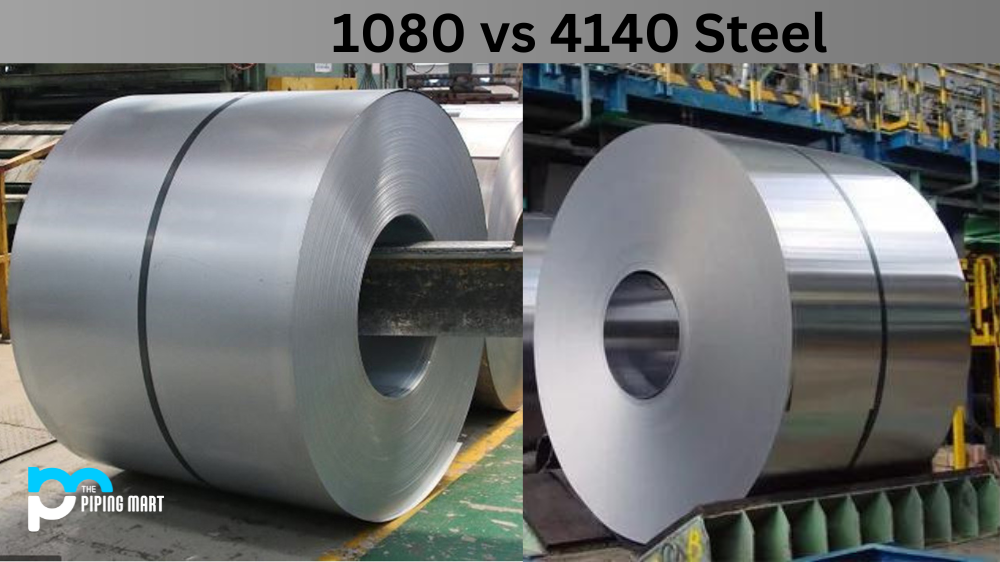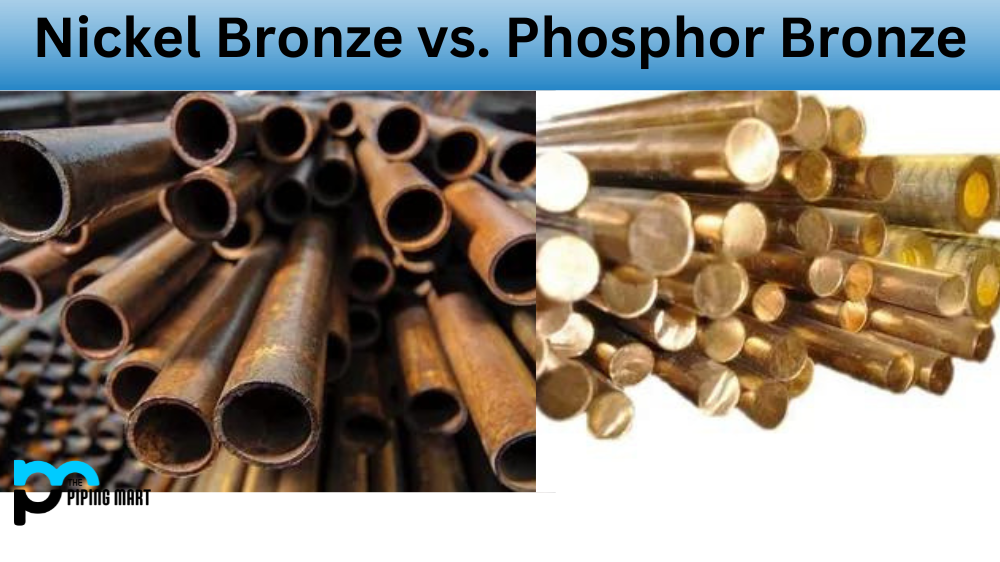Selecting the suitable material for a project is crucial to its success. Two commonly used materials in industries involving metalwork are 1080 and 4140 steel. Although they may appear similar to the untrained eye, they differ significantly in their chemical composition, physical properties, and suitability for different applications. In this blog post, we will dive deeper into the differences between 1080 and 4140 steel to help you make informed decisions for your next project.
Difference Between 1080 and 4140 steel
Chemical Composition
1080 steel is primarily made of carbon and iron, with a carbon content ranging from 0.7% to 0.9%. This high carbon content gives it excellent hardness, strength, and wear resistance. However, it also makes it more brittle and less ductile, which can limit its use in certain applications.
In comparison, 4140 steel contains chromium, molybdenum, manganese, carbon and iron. This combination of elements provides 4140 with superior toughness, ductility, and fatigue strength, making it a popular choice for gears, axles, and other high-stress components.
Physical Properties
1080 steel has a typical hardness of 58-64 HRC (Rockwell hardness scale), which makes it ideal for blades and knives that require a sharp edge. However, this hardness also means it may be easier to shape or weld the material with proper heat treatment.
4140 steel has a hardness of 28-32 HRC, which is relatively lower than 1080 steel. However, it offers better machinability and weldability, making it easier for manufacturing processes.
Suitability for Different applications
Due to its high carbon content and hardness, 1080 steel is often used in applications that require durability and wear resistance, such as knives, tools, and springs. However, it is not recommended for parts that require high shock resistance or flexibility.
On the other hand, 4140 steel is commonly used in industries that require components that can withstand high stresses, such as automotive, aerospace, and oil and gas. It is also popular in constructing high-performance sporting equipment due to its strength and toughness.
Hardenability
1080 is less hardenable steel than 4140 due to its lower carbon content. This means it can be quenched in oil but not water, while 4140 can be quenched in either oil or water.
Heat Treatment
Both 1080 and 4140 can be heat treated to achieve a wide range of mechanical properties. For 1080, the recommended heat treatment is austenitizing at 815-885°C (1500-1625°F) followed by quenching in oil. For 4140, the recommended heat treatment is austenitizing at 845-885°C (1550-1625°F) followed by quenching in oil or water.
Weldability
1080 is more weldable than 4140 due to its lower carbon content. This means that it can be welded using all welding methods, while 4140 should be avoided for gas welding due to its high carbon content.
Machinability
1080 is more machinable than 4140 due to its lower carbon content. This means that it can be machined using all machining methods, while 4140 should be avoided for machining operations that generate much heat, such as drilling and milling
Conclusion
In summary, while 1080 and 4140 steel have advantages and disadvantages, they are best suited for different applications. 1080 steel provides excellent hardness and wear resistance, making it ideal for cutting tools, blades, and springs. In contrast, 4140 steel boasts superior toughness and fatigue strength, making it perfect for high-stress applications. Always select the appropriate material for your project based on its intended use to ensure optimal performance and longevity.

Hey, I’m Krutik, a casual blogger expert in the metal industry. I am passionate about providing valuable information to my readers. With a background in engineering and construction, I like playing Cricket & watching Netflix shows in my free time. Thank you for visiting my blog, and I hope you find my information helpful!




